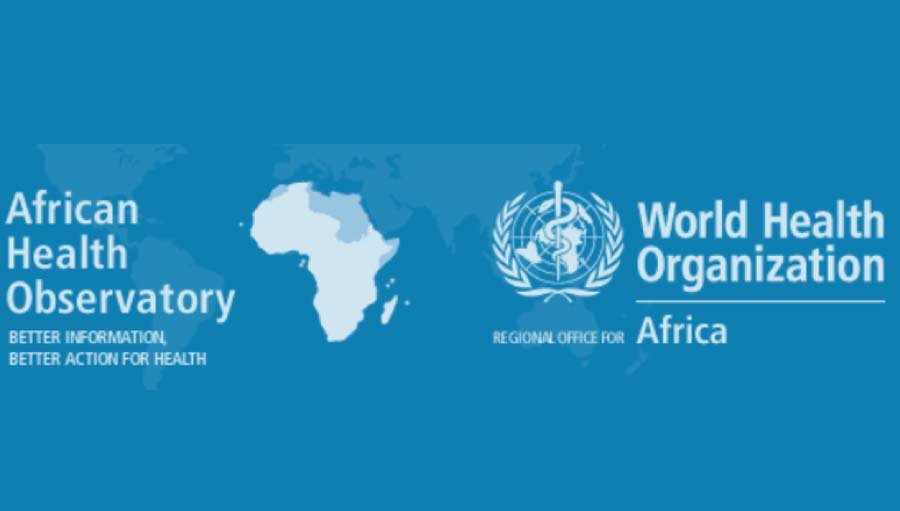The Ministerial Conference on Research for Health in the African Region, held in Algiers from 23 to 26 June 2008, adopted the Algiers Declaration renewing the commitment of Member States to strengthen national health research, information systems and knowledge management systems to improve health in the African Region. The Algiers Declaration offers a framework to narrow the knowledge gap and thereby improve knowledge generation and the use of knowledge to inform policies, strategies, and actions.
The World Health Organization (WHO) started work on health observatories in the African region in 2010 when it established the African Health Observatory (AHO).1 This followed the 2009 recommendation of the Regional Committee for Africa (AFR/RC59/5).2 In November 2012, during the sixty-second session of the Regional Committee for Africa (RC62) held in Luanda, health ministers of the African Region agreed to establish national health observatories in their respective countries and adopted the resolution entitled “The African Health Observatory: an opportunity to strengthen health information systems through national health observatories.” With the support of the AHO, several countries are developing their national health observatories (NHOs) to strengthen their national health information systems and promote the use of data for better action.
AHO is the regional observatory based and managed by WHO/AFRO. It brings together all the key information (Data – Analytics – Knowledge) on the WHO African region and on the 47 member states. It is a one-stop shop for standardized and validated information at both national and international levels with clear information on data sources. The NHOs are national declinations of the AHO and strengthen the national health information system. They thus contribute to reducing fragmentation and making key information available in a one-stop shop at national and sub-national levels. The institutional anchorage varies from country to country, but in the region, there are three groups: (i) integrated as a structure in the Information System/Planning Directorate of the Ministry of Health, (ii) integrated as a unit attached to the General Secretariat or the Minister’s Office, or (iii) integrated as a fully-fledged structure attached to the Prime Ministry.
Click here to download the full document




